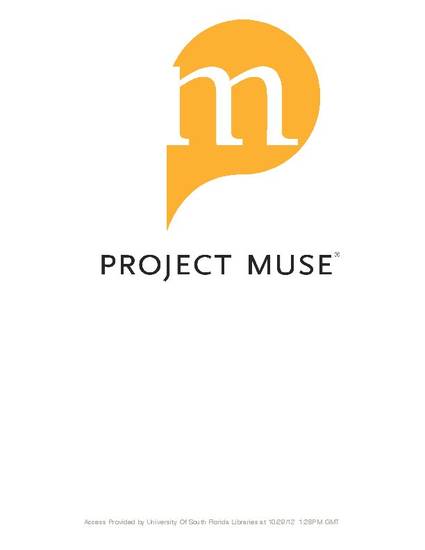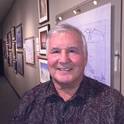
- performance theory,
- dramatic criticism and theory,
- performance studies,
- voice,
- aurality,
- sound
The aural aspect of performance has emerged as a unique topic for theatre research at a time of technological advancement, providing a distinctive entry point for historical analysis while raising important theoretical questions about recording, reproduction, the interplay of live and recorded sound onstage, and the act of listening itself. Until relatively recently, “sound studies” as a research focus has been a minor grace note in the composition of theatre studies. Historically, theatre scholarship has referred to the speaking actor, the literary voice of the playwright, the metaphorical voice of the age, or an unseen psychological voice—all of which have provided useful, if limited, insights into the subject. The informed and sharply focused modes of inquiry introduced by the authors considered here, however, promise to illuminate our understanding of the voice and inspire further research on topics like linguistic and paralinguistic voice/body expression, deictic sound effects in staging, premodern theatre acoustics, and filmed plays. With these theoretical modes of inquiry, future scholars will be able to hear anew the voices that speak from historical materials. The implications extend into the complex field of sound studies, helping to define what constitutes historical and theoretical research in aurality for theatre performance. At the junction of rapidly accelerating technology and advanced critical theory, scholars are going back to the archives and out into the field equipped with neuroscience, Merleau-Ponty, and an iPad.
Theatre Journal, Volume 64, Number 3, October 2012, pp. 445-458
